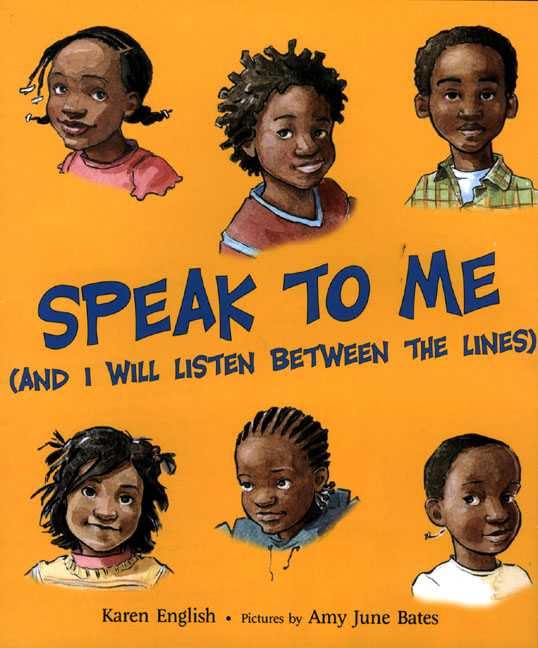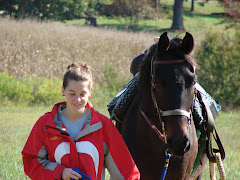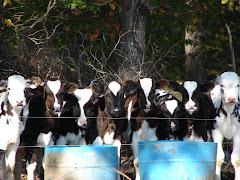
Title: Becoming Naomi Leon
Author: Pam Munoz Ryan
Publisher: Scholastic Inc, 2004
Genre: Multicultural, realistic fiction Novel
Age Range: 3-6
Awards: 2004 Parents' Choice Silver Honor Award
Summary:
Naomi and Owen don’t know who their parents are, they dropped her and
her brother off when they were younger. Throughout the book they are
trying to figure out who they are and who themselves are. The book is
written in part in Spanish and part in English, but the way its written
makes it very easy to understand. Naomi made list of every day worries
and such, which I found very cute! , Gram gets temporary guardianship
papers and sets off for Oaxaca City, Mexico with their neighbors; this
was done to preventSkyla, Naomi’s mother, from taking her to Las Vegas
to be a babysitter for her and her boyfriend. With her Gram’s during a
festival she carves a lion and meets her father. Naomi goes through the
court hearing and is brave and tells the court that her motherdoesn ’t
want them. At the end her Grams takes full custody of them and Naomi
has to become a strong independent women who is proud of her Mexican
culture.
Response: The cultural aspects are buried throughout
the book, they are very discrete, which is what I really like. Naomi
loves making lists; one of her best traits says her grams. This really
reminded me of Because of Winn Dixie, because little opal liked to make
lists as well. I love all of the Mexican cultural throughout the book;
it was very smooth within the text, almost unnoticed. All of the good
multicultural criteria were presented in this book. The cultural was
portrayed as multidimensional and naturally integrated. The collection
was balanced and authentic.
Teaching Ideas: I really liked
this book to discuss learning and physical disabilities. But I would
most likely use it in discussing Mexican based culture. It does a great
job showing Mexican cultural in general but it does a great job getting
you aware of their language as well. because although the language is
in the book itdoesn ’t really make it hard and obvious that its their.
I would probably have my students do a
































